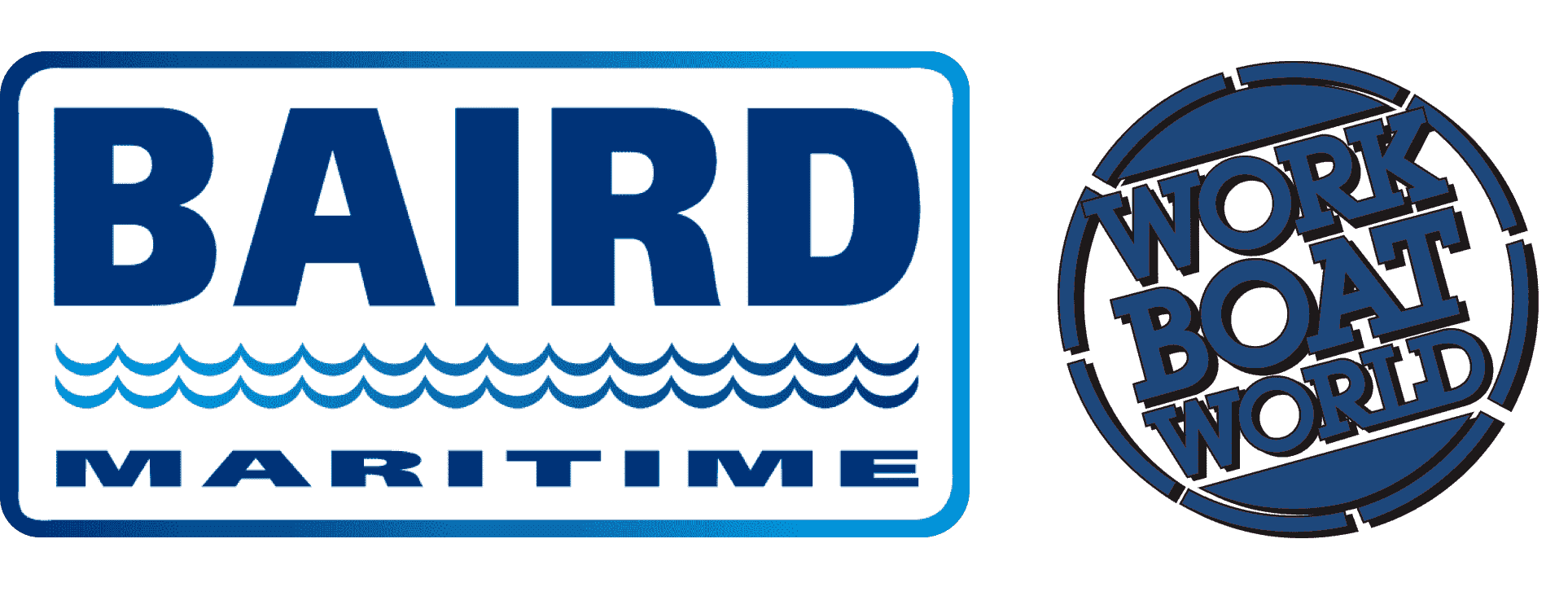VEHICLE REVIEW | US construction firm acquires remote-controlled amphibious trencher
Caldwell Marine International (CMI), a New Jersey-based company that specialises in offshore cable installation and heavy civil marine construction, recently took delivery of a new amphibious subsea tracked trenching vehicle developed by Dutch dredging and engineering specialist Royal IHC.
As cable burial typically takes place in notoriously harsh shallow water environments – where there is high seabed drag and lift forces are generated by strong currents and wave action – the resulting demanding conditions make it difficult for trenching to be undertaken using traditional technologies. The vehicle was therefore designed to ensure burial of cables up to 450 mm is performed in a safe and reliable manner.
Able to operate on a wide range of soil conditions
The platform enables a constant trench depth of anywhere from zero to 3.3 metres (11 feet) to be maintained independent of the seabed topography over which the vehicle is manoeuvring. Constant ground contact maintains traction performance, resulting in consistent and higher speed trenching rates through arduous topography and soil conditions. This ensures the vehicle does not impart undue forces and shapes to the product beyond its specified handling parameters.
The vehicle can be remotely controlled and also features auto-trench rate monitors, an auto-heading landing orientation mode, and auto levelling to ensure the trenching orientation and product grading are optimised.
Royal IHC said this high traction technology has been proven through rigorous testing of a demonstration vehicle at the company’s purpose-built test facility along with over two years of successful trenching campaigns completed worldwide.
The vehicle has a length of 10.5 metres (34.4 feet), a beam of 6.2 metres (20 feet), a height of 3.3 metres (11 feet), and a displacement of 16 tonnes. Jetting power is provided by deck-mounted water pumps while hydraulic power is supplied by a 150kW HPU.
Readily deployable and built for sustained heavy use and
The tracks are of an excavator-type chain assembly with support rollers on bogies to ensure an increased operational window not possible with traditional trenching systems. Four tracks are fitted to ensure there is no sudden pitching of the vehicle when operating over seabed terrain. Front and rear steering allows for a six-metre (20-foot) turning radius with zero loss in traction, while traction control ensures smooth power transmission to the tracks.
The vehicle is designed to operate normally at up to 20 degrees pitch and roll, including during level trenching activities, when deployed in areas with seabed sloping, though the design permits pitching and rolling up to 45 degrees if necessary. It can also climb up and down 0.5 metre (1.6 feet) when negotiating obstacles. There is no minimum water depth as the vehicle is amphibious and therefore also capable of operating on dry land.
The vehicle consists of modules that can be rapidly taken apart and re-assembled, allowing for shipping of the full vehicle in a single 40-foot container for rapid mobilisation.
As the vehicle was the first of its kind, Royal IHC built a dedicated test track at its Rosyth facilities in the UK.
There is a series of alarms and interlocks in the vehicle’s software designed to protect it from destruction. To prove that these will work, Royal IHC must know what kind of conditions to simulate in the workshop – such as overloads, clashes and reverse motions during operation – hence the use of the testing facility that also features sloping and a shallow water area. The factory acceptance trials ultimately proved successful, and the vehicle was dismantled shortly afterwards for delivery to its new owner in the United States.
The acquisition makes CMI the first and only US cable installation contractor to own a subsea-tracked trenching vehicle. It will be deployed on CMI’s major projects including the Champlain Hudson Power Express, a high-voltage power cable project linking New York City and the Canadian province of Quebec.
In fulfilment of the delivery contract, Royal IHC will also provide two commissioning engineers to assist CMI’s personnel in learning how to operate the machine and supporting them on their first assignment.


